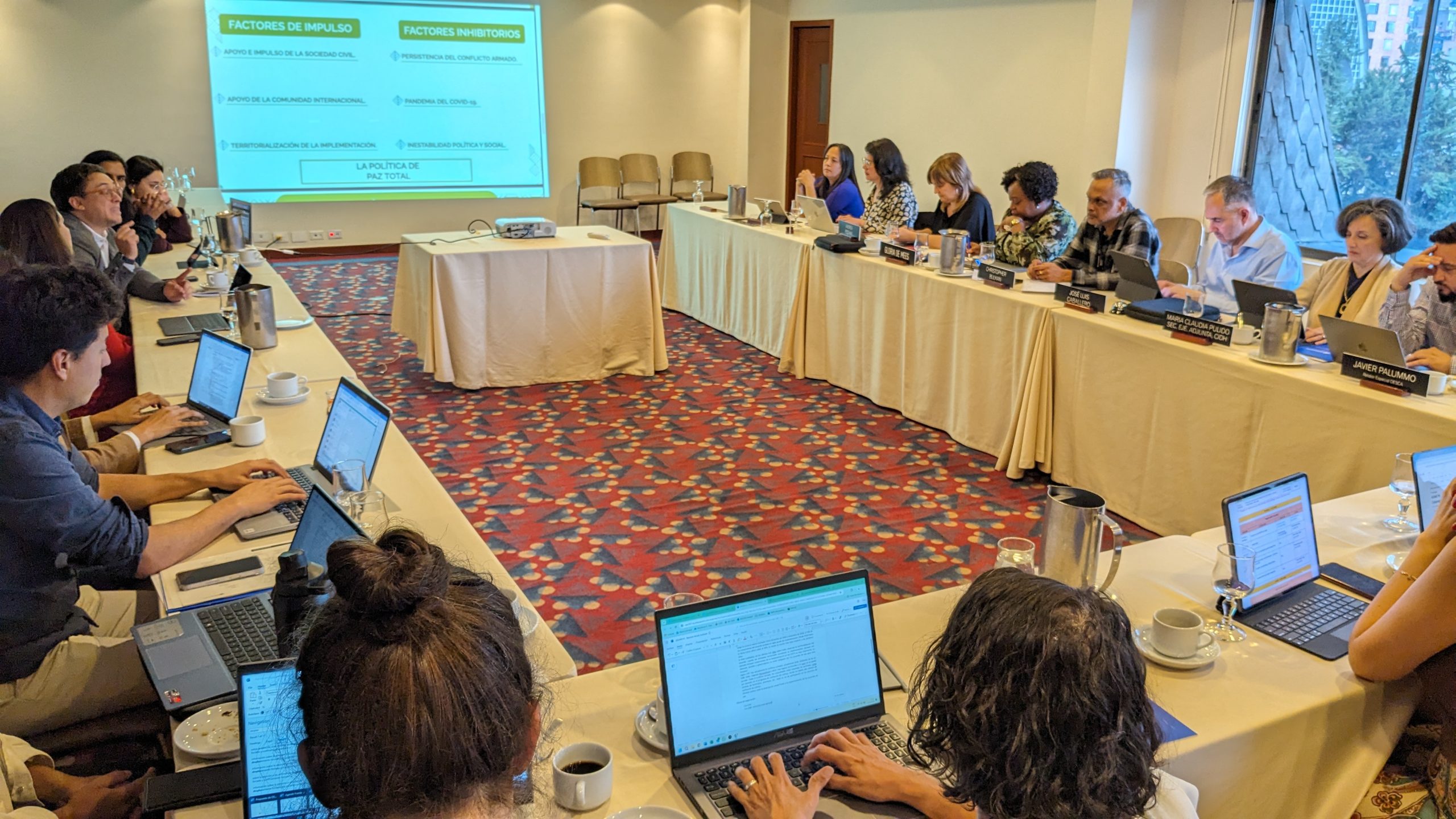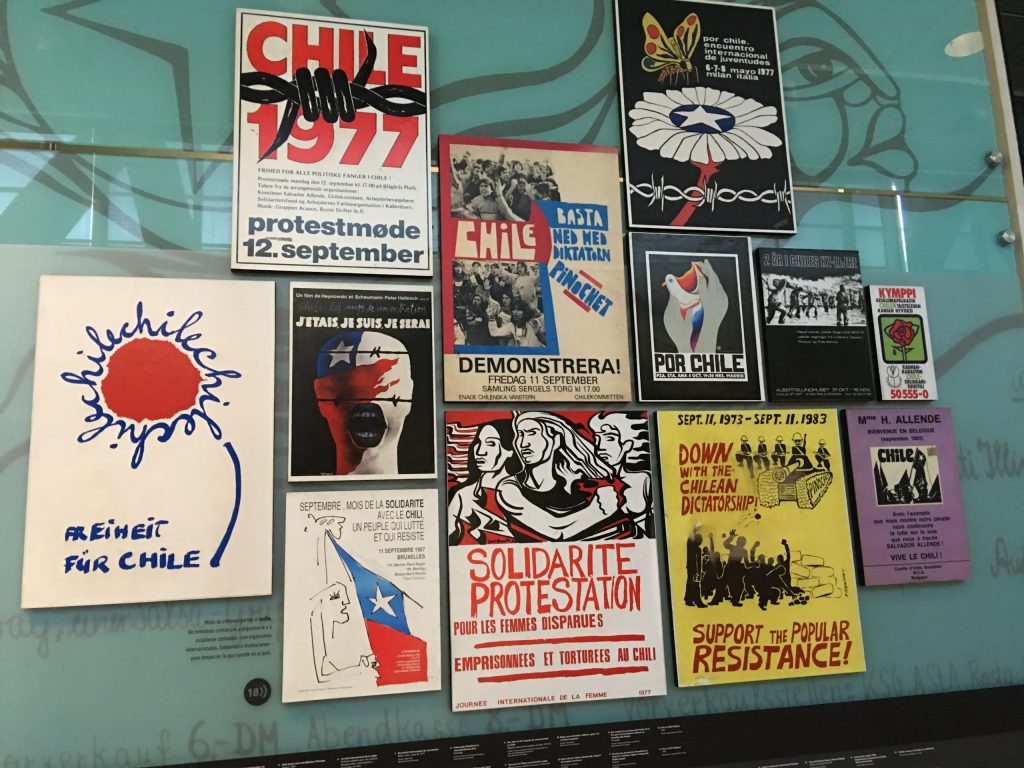New research by a political scientist in the University of Notre Dame’s Keough School of Global Affairs identifies a legal mechanism that accelerates reparations for human rights victims who pursue justice through the Inter-American Commission on Human Rights, a Washington, D.C.-based body that works to promote and protect human rights in the Americas.
The study found that compliance agreements — accords between a victim and the state — cut the time of compliance by the state by more than half, the study found. In other words, states expected to take 10 years to implement reparation measures took about four years in the context of a compliance agreement. The study also showed that agreements also increased by about 10 percent the probability of compliance with commission recommendations.
“The relevance of this development can hardly be overstated,” said Aníbal Pérez-Liñán, professor of political science and global affairs and director of the Keough School’s Kellogg Institute for International Studies. “Compliance agreements are more of a guarantee of reparations for human rights victims, as opposed to a concession to the perpetrating government or a delaying tactic. These agreements also help avoid a lengthy process in the Inter-American Court of Human Rights.”
Pérez-Liñán co-authored the study with Mariana Brocca of the National Scientific and Technical Research Council in Argentina and Isabel Anayanssi Orizaga Inzunza at the Office of the United Nations High Commissioner for Human Rights. Brocca and Orizaga are both graduates of the Notre Dame Law School’s LLM degree program in international human rights law. The study was recently published in International Studies Quarterly and was supported by the Notre Dame Reparations Design and Compliance Lab, housed at the Kellogg Institute. Pérez-Liñán co-directs the lab with Diane Desierto, professor of law and global affairs.
The Inter-American Commission on Human Rights is part of the Inter-American Human Rights System, a regional human rights system that was established by the Organization of American States, which includes all 35 independent states of the Americas. The researchers analyzed data from the commission that lists compliance agreements from 2003 to 2017 in seven countries: Argentina, Chile, Ecuador, El Salvador, Guatemala, Nicaragua, and Paraguay. The agreements include recommendations such as prosecution of state security forces who have committed violent crimes, financial compensation for beneficiaries of murder victims, and public memorials for victims as well as public apologies by the state.

Compliance agreements emerged in the Inter-American Human Rights System in the early 21st century as an alternative to friendly settlements—mechanisms that promote dialogue between victims and states, in which they can agree on reparation measures that benefit both the alleged victims of the violation and society at large. Friendly settlements can be ineffective because they are not possible once the Inter-American Commission has issued a conclusive report on the case, Pérez-Liñán said.
Though compliance agreements do not have a conventional legal basis, they have emerged as a de facto practice. Their creation is an indication of “emergent flexibility,” a form of institutional change identified by Keough School researchers Erin Graham and Zoltán Búzás. A property of international institutions that is not intentionally crafted by rule-makers, emergent flexibility occurs when individuals react to challenges in the system by developing creative solutions. In this way, international institutions designed to be rigid can adjust to unforeseen circumstances without formal redesign.
While compliance agreements are unique to the Inter-American Human Rights System, Pérez-Liñán said the broader principle underlying them could be applicable to the larger community of human rights practice in Latin America.
“Our analyses signal that this legal instrument that is convenient for both governments and the victims is also effective,” he said. “There is a clear incentive now to formalize it in the context of the commission and to use it more often.”
Pérez-Liñán said more research is needed to determine the conditions that promote compliance with human rights reparations, especially conditions that the human rights bodies like the Inter-American Commission can control.
“Of course these bodies cannot control whether a country is democratic, which does increase the probability of compliance,” Pérez-Liñán said. “But they can control the instruments they promote, like compliance agreements, and we at the Keough School can show to what extent these instruments are effective.”
Top photo: Posters at the Memory and Human Rights Museum in Santiago, Chile. Photo by John Englart via Flickr, licensed by Creative Commons.

